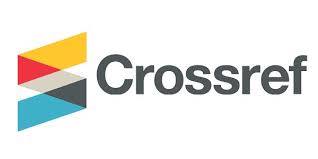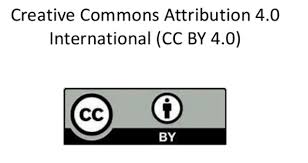Consumption rate of two different pollen substitute diets and their effects on honey bee (Apis mellifera L.) during the scarcity food time of the year
DOI:
https://doi.org/10.47440/JAFE.2021.2301Keywords:
pollen substitute diet, bee bread, palatability, fermentation, brood areaAbstract
Acceptance and the diet nutritional value are the key of a perfect diet. In order to maintain healthy bee colonies, substitute diets have become very significant diet. Two different diets were prepared for comparing which one is best; an inoculum prepared from bee bread was used to ferment one of these diets. Field studies in the apiary were carried out, we measured the consumption rate, the bees consumed fermented diet (111.63 gm) more significantly than the unfermented (74.77 gm). Colonies indicated highly significant sealed brood area in the cells that fed by fermented diet (110.75 inch2); and (37.10 inch2) for the unfermented; but in the case of the control bee bread only (24.25 inch2) of brood appeared. Changes in bee bread areas, also differ significantly between colonies, they recorded (14.85 inch2) for the fermented and (11.81 inch2) for the unfermented, but only (9.81 inch2) in the case of the control. Colonies also showed increase in the mean of bee population in cells fed on the fermented diet (5904.54 bee) followed by the unfermented diet (3649.27 bee); comparing with the control treatment that showed the lowest number (2291.98 bee). The purposes being to evolve a perfect substitute diet that can improve the bee health. We can say as an achievement, fermentation by bee bread-derived microorganisms can made the artificial diet better for honey bee colony.






 Publisher:
Publisher: 